Category: Moisture Meters
One of the most regular causes of a coating’s failure, is moisture. It is not sufficient to simply ensure that the surface is dry, as often the surface of the substrate is the driest point – due to evaporation. Moisture Meters are therefore important in being able to measure the level of moisture.
Many substrates in industry today that are coated are porous and can absorb moisture. It is necessary to measure the moisture content within the substrate to reduce the possibility of subsequent coating failure.
When powder coating substrates which have a high moisture content – such as wood or MDF, steam will generate during the curing process damaging the new coating. Other substrates, which may have a high moisture content include concrete, fibreboard, plasterboard, gypsum and brick.
Meters that measure moisture can be used for many different applications. Each meter is trying to approximate an oven dried method of taking a reading where you measure the weight of a sample, dry it using an oven or a microwave, re-weigh it and keep drying it until the reading is stable. You then take the difference in the weight and divide it by the final weight to get a moisture percent. The meter is a hand held device that tries to approximate this reading as closely as possible. Most instruments will give you a moisture level as opposed to a percent and the moisture level that is most widely used is something called a Wood Moisture Equivalent or WME. This is the moisture level that would be present in Wood if the wood was in contact with the material that you are measuring. Ultimately, all materials will try and be in equilibrium.
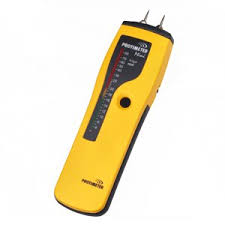 |
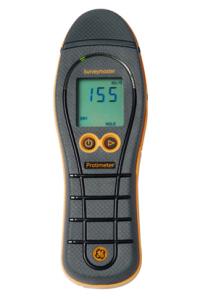 |
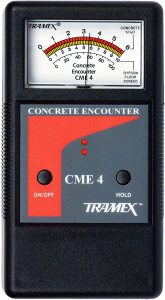 |
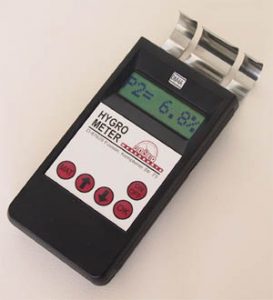 |
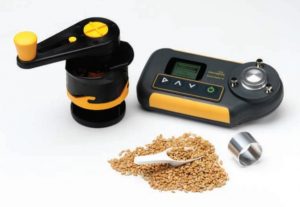 |
Moisture Meters
Building Materials Moisture Meters
General Purpose Moisture Meters
Please click on the appropriate image or on the heading for more information about each instrument.

